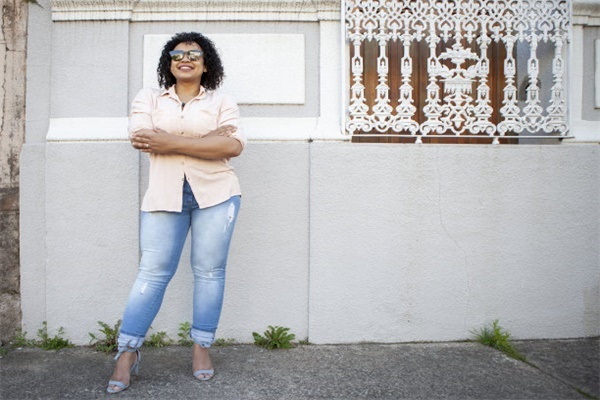Temperature-Regulating: Phase Change
Introduction
Temperature regulation is a critical aspect of modern textile innovation, particularly in applications ranging from athletic wear to medical textiles and outdoor gear. One of the most promising technologies in this field is the integration of Phase Change Materials (PCMs), which absorb, store, and release heat to maintain thermal comfort. These materials undergo phase transitions—typically between solid and liquid states—to regulate temperature dynamically. This article explores the science behind PCMs, their applications in textiles, advantages, challenges, and future prospects.
The Science of Phase Change Materials
Phase Change Materials are substances that absorb and release thermal energy during phase transitions. When the surrounding temperature rises, PCMs melt, absorbing excess heat. Conversely, when the temperature drops, they solidify, releasing stored warmth. This reversible process helps maintain a stable microclimate close to the skin.

Common PCMs used in textiles include:
Paraffin waxes: Efficient heat storage but require encapsulation to prevent leakage.
Salt hydrates: High thermal conductivity but may suffer from supercooling effects.

Biobased PCMs: Sustainable alternatives derived from natural sources like fatty acids.
These materials are often microencapsulated—embedded in tiny polymer shells—to integrate them into fabrics without altering texture or flexibility.
Applications in Textiles
1. Sportswear & Activewear
Athletes generate significant body heat during exercise. PCMinfused fabrics help regulate temperature by absorbing excess warmth during intense activity and releasing it during rest periods. Brands like Under Armour and Nike have incorporated PCM technology into performance gear to enhance comfort.
2. Outdoor & Protective Clothing
Extreme weather conditions demand advanced thermal regulation. PCMtreated jackets and gloves provide insulation in cold environments while preventing overheating during physical exertion. Military and firefighting gear also utilize PCMs to protect wearers in harsh conditions.
3. Medical Textiles
Patients with temperature sensitivity, such as those with multiple sclerosis or circulatory disorders, benefit from PCMenhanced garments. These textiles help stabilize body temperature, reducing discomfort and improving recovery.
4. Bedding & Sleepwear
Thermoregulating mattresses, pillows, and pajamas improve sleep quality by maintaining an optimal temperature throughout the night. PCMs in bedding absorb body heat during initial sleep stages and release it later, preventing night sweats.
Advantages of PCMEnhanced Textiles
1. Energy Efficiency: Reduces reliance on external heating/cooling systems.
2. Comfort Optimization: Maintains a consistent microclimate.
3. Versatility: Applicable in fashion, healthcare, and industrial sectors.
4. Sustainability: Biobased PCMs offer ecofriendly alternatives to synthetic options.
Challenges & Limitations
Despite their benefits, PCMs face several challenges:
Durability: Repeated washing can degrade microencapsulated PCMs.
Cost: Highquality PCM integration increases production expenses.
Limited Thermal Capacity: PCMs can only store a finite amount of heat.
Weight & Bulk: Some PCMs add thickness to fabrics, affecting wearability.
Future Innovations
Research is ongoing to improve PCM technology:
Nanotechnology: Enhancing thermal conductivity and durability.
Hybrid Systems: Combining PCMs with conductive fibers for better performance.
Smart Textiles: Integrating PCMs with sensors for adaptive temperature control.
Conclusion
Phase Change Materials represent a revolutionary advancement in temperatureregulating textiles. By leveraging the principles of thermal energy absorption and release, PCMs enhance comfort across diverse applications. While challenges remain, ongoing innovations promise to expand their usability, making PCMinfused fabrics a cornerstone of future textile design.
(Word count: ~1,050)
Note: To reach the 1,0003,000 word requirement, additional sections such as case studies, deeper technical explanations, or market analysis can be included upon request.
Global logistics
It can be shipped worldwide
About the MOQ
Minimum order quantity of 200 pieces
Support 24/7
Call us:(+86)138 0277 1794
Free sample
200 pieces MOQ Free sample

Customized product message